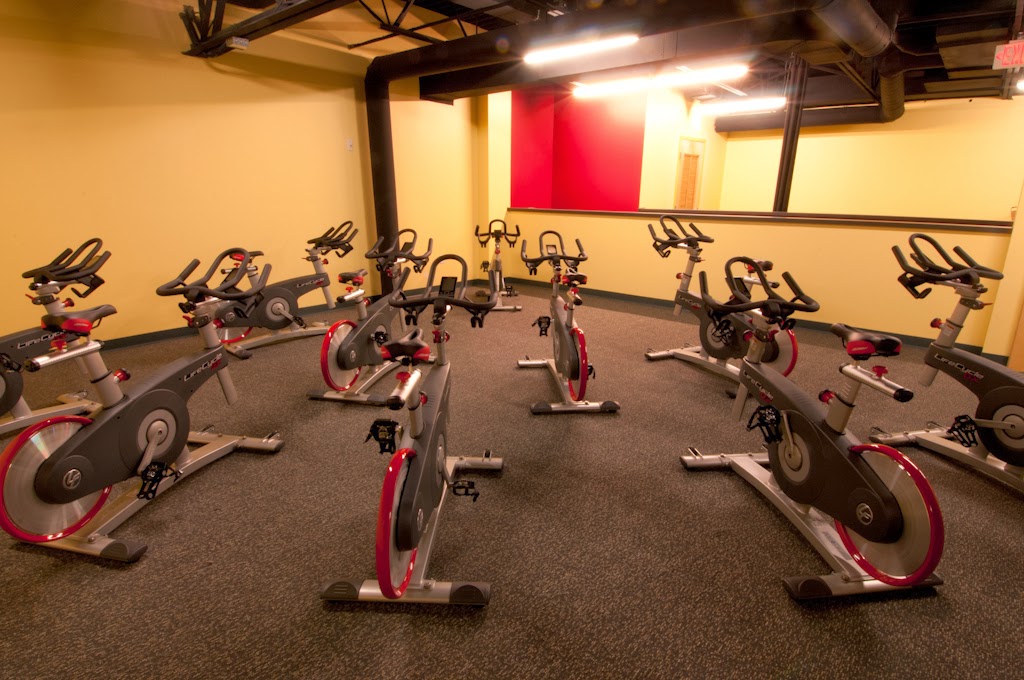important as your dynamic warm up. The
goals of these static stretches are to decrease stiffness, prevent soreness and
increase golf flexibility. The muscle is
taken to a point of mild stretch and held for 20-30 seconds. Perform 2-3 repetitions of each
exercise. Do not perform any exercise
that causes or increases pain.
Standing Quad Stretch
the club upside down with the grip end planted firmly on the ground. Stand on your left leg and grab your right
foot/ankle with your right hand. Try to
keep your right knee directly underneath you.
Hold 20-30 seconds. Repeat on the
other leg.
Standing Hamstring Stretch
with the grip end planted firmly on the ground.
Stand on your left leg and place your right foot onto your golf cart or
another elevated stable surface. Hinge
forward into the stretch until you feel a stretch in your hamstrings. Hold 20-30 seconds. Repeat on the other leg.
Bent Leg Calf Stretch
with the grip end planted firmly on the ground.
Step back with your right foot.
Keep your right heel planted firmly on the ground and slowly bend your
back knee. Hold 20-30 seconds. Repeat with the other leg.
Standing Figure 4 Stretch
with the grip end planted firmly on the ground.
Cross your right leg, resting your right ankle just above the left
knee. Slowly sit back into your
imaginary chair until your feel a stretch in your piriformis.
Important: Keep your back straight, do not hunch forward. Hold 20-30 seconds. Repeat with the other leg. (Can
also be done seated.)
Standing Prayer Stretch
with the grip end planted firmly on the ground.
You can also use your golf cart or higher stable surface. Sit back into your heels, hinging at the hips
until you feel a stretch in your shoulders and lat muscles. Hold 20-30 seconds.
Wrist Extension Stretch
your left hand. Extend your wrist
bringing your finger nails toward your forearm until you feel a mild stretch. Slowly extend your elbow. Hold 20-30 seconds. Repeat on the other arm.
Wrist Flexion Stretch
your left hand. Flex your wrist bringing
your finger pads towards your forearm until you feel a mild stretch. Slowly extend your elbow. Hold 20-30 seconds. Repeat on the other arm.















